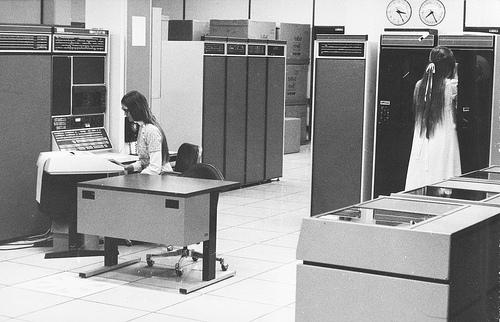Many, many years ago, when I was a graduate student in history at Columbia, aspiring historians like me were inclined to give the university’s computer center a wide berth. It wasn’t just that the place was downright inhospitable: noisy, freezing cold, airless and even a tad scary. It was also a matter of illiteracy. Much as I tried, I simply could not summon up the requisite digital skills.

If you had told me way back when that, someday, I would be involved with a project that sought to deploy the latest digital technology in the study and teaching of Jewish history and culture, I would have laughed myself silly.
But lo & behold, there I was earlier this week, back on Morningside Heights to participate in a remarkable initiative, the New Media in Jewish Studies Collaborative, whose objective, among other things, is to energize the discipline of Jewish Studies through the sustained and thoughtful use of the latest digital tools.
I came away from my two day campus visit in the company of web savvy colleagues, dedicated teachers and the imaginative technologists of Columbia’s Center for New Media Teaching & Learning all agog about the possibilities of enriching my teaching and, in turn, the experiences of my students were I to engage more fully -- and strategically -- with the marvels of the digital universe. I also acquired a brand new vocabulary, whose lingo ran the gamut from “multi-modal presentation” and “web-based environment” to “digital assets,” “demo-ing” and “chase the zoom,” a reference to a practice particular to Prezi.
I can’t wait to brandish these new words. More to the point, I look forward with keen anticipation to putting them to good use and, with a battery of technologists by my side, to coming up with ways to enlarge my students’ capacity for wonder. Here’s to revelation, ca. 2013!

